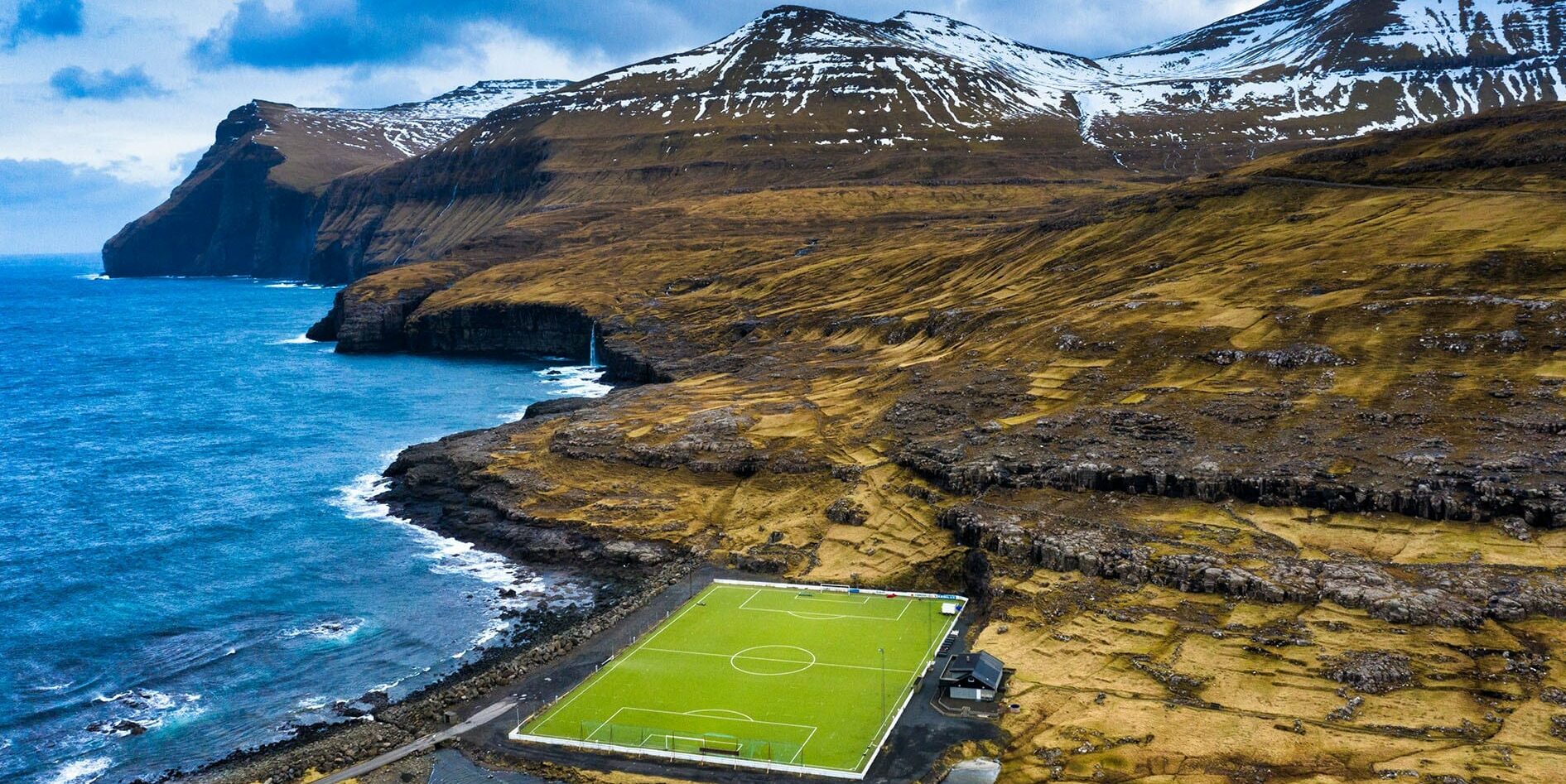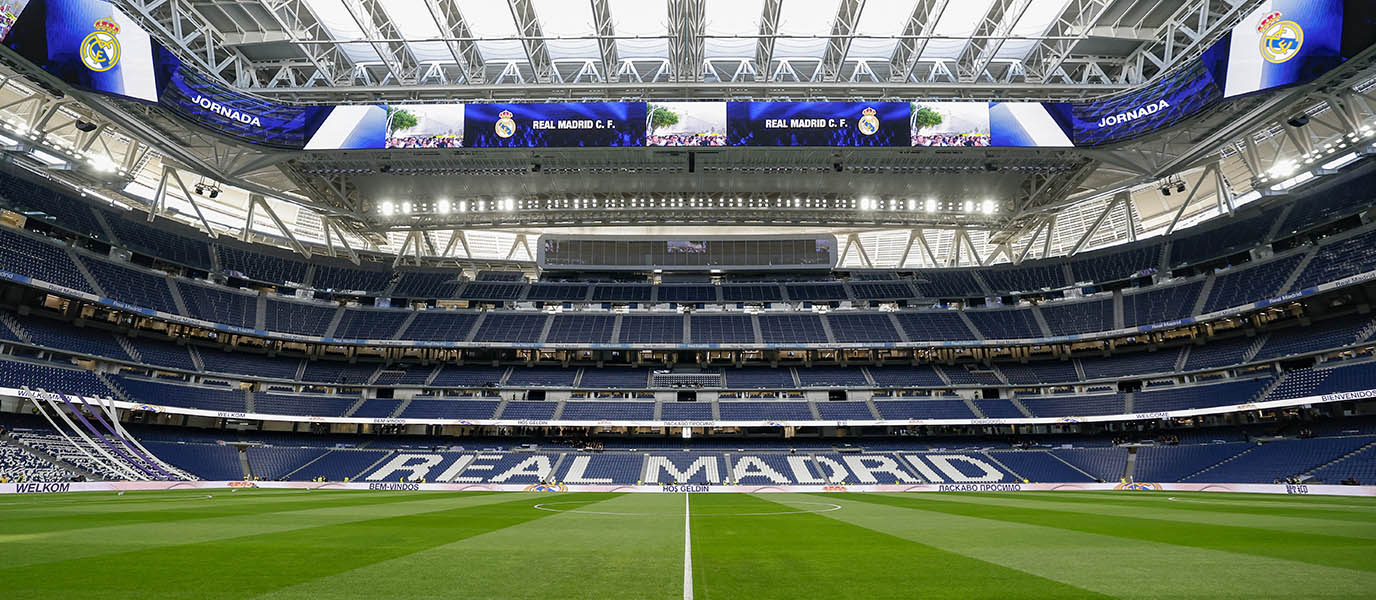
In the Faroe Islands, the stadium is more than a venue, it's the beating heart of the community. Here, football transcends sport, becoming a weekly ritual that brings neighbors together. Every match is a pilgrimage, every seat filled with familiar faces. These modest cathedrals prove that passion isn't measured in capacity, but in the unwavering devotion of those who gather. Additionally, the department has invested large amounts of money into building stable stadiums that can withstand the conditions of the islands. Almost every town and village will have a pitch. Football is their culture.

The Santiago Bernabéu stands as a monument to football's global reach, a cathedral of concrete and steel where 80,000 worshippers gather. The stadium is hands down one of the most modernised stadiums in the world.The stadium has a state-of-the-art retractable roof that can be closed in minutes, shielding fans from harsh conditions and transforming the system to be multi-purposeful. This isn't just a stadium; it's a pilgrimage site that has witnessed generations of faithful fans. From legendary Champions League nights to historic El Clásicos, the Bernabéu represents football's power to unite millions under one roof, creating moments that echo through history.